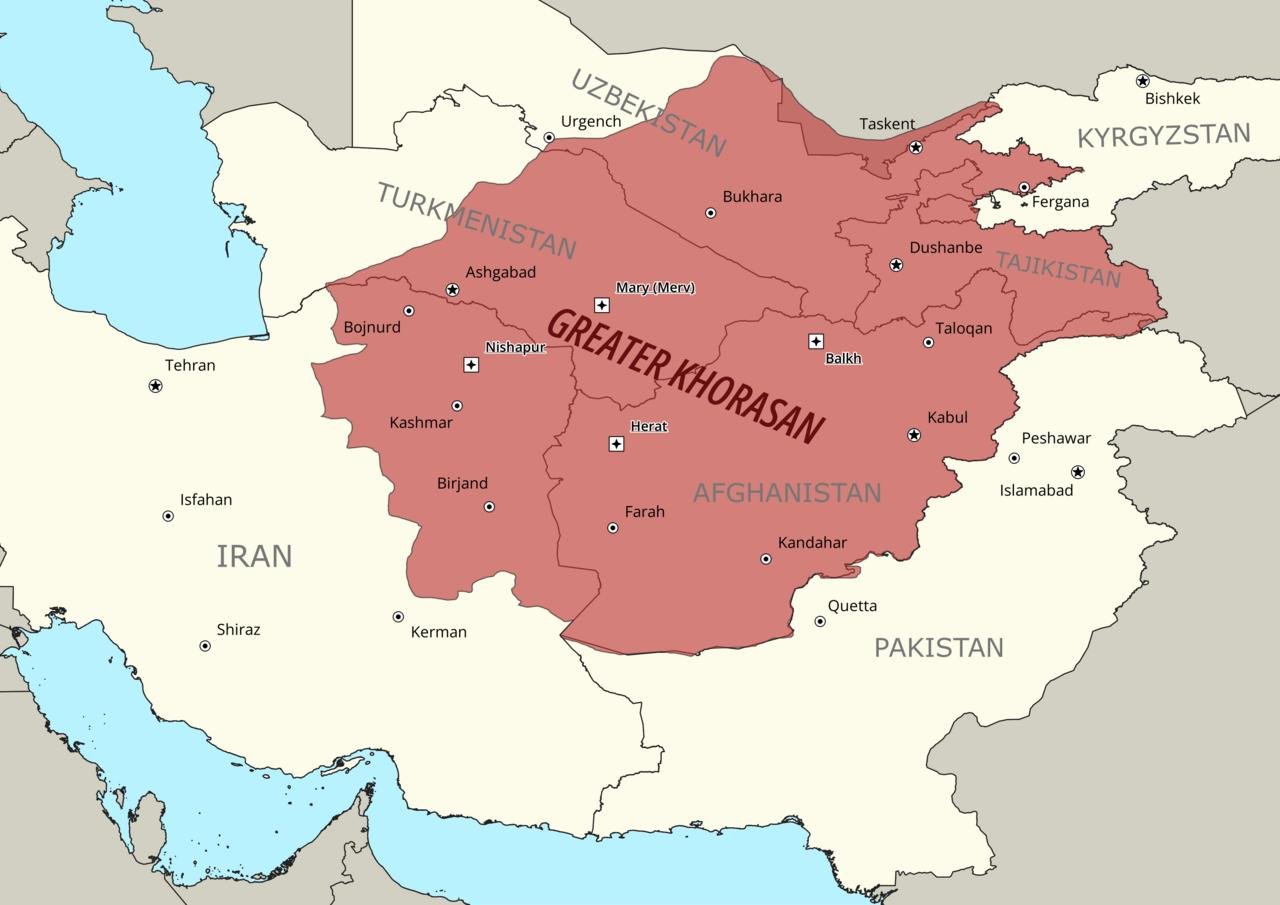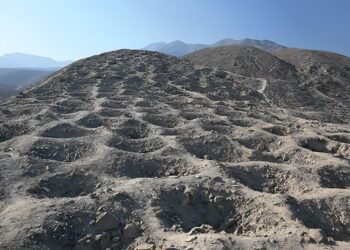Archaeologists conducting excavations in South Khorasan, Iran, have unearthed a remarkable structure dating back to the 6th century BCE. The site, named Tappe Takhchar-Abad, features an extraordinary almost circular adobe building with six solid towers.

This discovery is particularly noteworthy as Khorasan, located in northeast Iran south of the Amu Darya River, has remained largely unexplored despite its historical significance. Previous excavations in the east of Iran were limited to just two sites: Dahane-i Gholaman in Sistan to the south of Khorasan and Tappe Rivi further north. However, the ongoing excavations at Tappe Takhchar-Abad have provided a unique opportunity to delve into this uncharted territory.
Located near Birjand on a barren plain, Tappe Takhchar-Abad sits atop a semiconical hill, surrounded by a wide defensive trench and supplied with water through a canal to the northeast. The structure itself, with a diameter of 18 meters and walls rising three meters high, is constructed from adobe and a mudbrick technique known as pisé.
After four seasons of meticulous excavation, archaeologists uncovered evidence suggesting that the building was deliberately filled with sand in two stages following its construction. Alternate layers of broken and intact bricks, sand, and stones were used to meticulously bury the structure to a height of nearly two meters. This intentional burial remains shrouded in mystery, though subsequent structures were erected atop the filled building during the Parthian period, indicating a potential repurposing of the site.
While circular structures in the region have traditionally been associated with the Parthian period, recent discoveries challenge this notion. Evidence from Tappe Takhchar-Abad, along with similar sites in Bactria to the east, suggests that the construction of such buildings may have originated during the Achaemenid period. This reevaluation of architectural history opens new avenues for understanding the cultural dynamics of ancient Iran.
The archaeological findings at Tappe Takhchar-Abad provide valuable information about two distinct periods of occupation: the Late Iron Age/Achaemenid period and the Parthian period. The circular building itself belongs to the earlier period.
Comparisons have been drawn between Tappe Takhchar-Abad and Garry Kyariz I, a circular structure located in Turkmenistan dating back to the Iron Age and Achaemenid period. This parallel highlights the interconnectedness of ancient civilizations across geographical boundaries.
The Achaemenid Empire, spanning roughly 200 years from 550 to 330 BCE, wielded vast influence, encompassing territories from Central Asia to Egypt. However, identifying Achaemenid sites based solely on surface features such as pottery poses challenges due to their similarities with preceding periods. The excavations in South Khorasan offer a promising opportunity to overcome these challenges.























